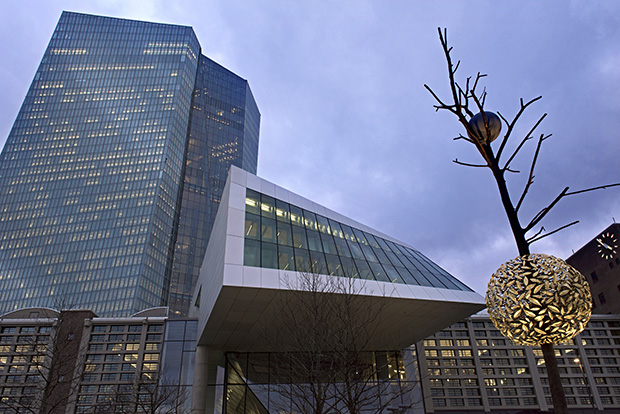US Federal Reserve Chairman Jerome ‘Jay’ Powell opened a window on the central bank’s new monetary-policy strategy in August 2020 by stressing that he was focused on the Fed’s ‘core constituency, the American people’. A few days later, the Dutch central-bank governor, Klaas Knot, gave a speech in Amsterdam to underscore that the job of the central-banking community is ‘to manage the risks that normal people have to face’. This was no coincidence. Both men were responding to a call made in 2019 by the Australian central-bank governor Philip Lowe for monetary policymakers to ‘talk in stories people can connect with’. If former Fed chair Alan Greenspan could once pride himself on being incomprehensible, that time is over. Central bankers need to be understood – and quickly.
Continue reading →
